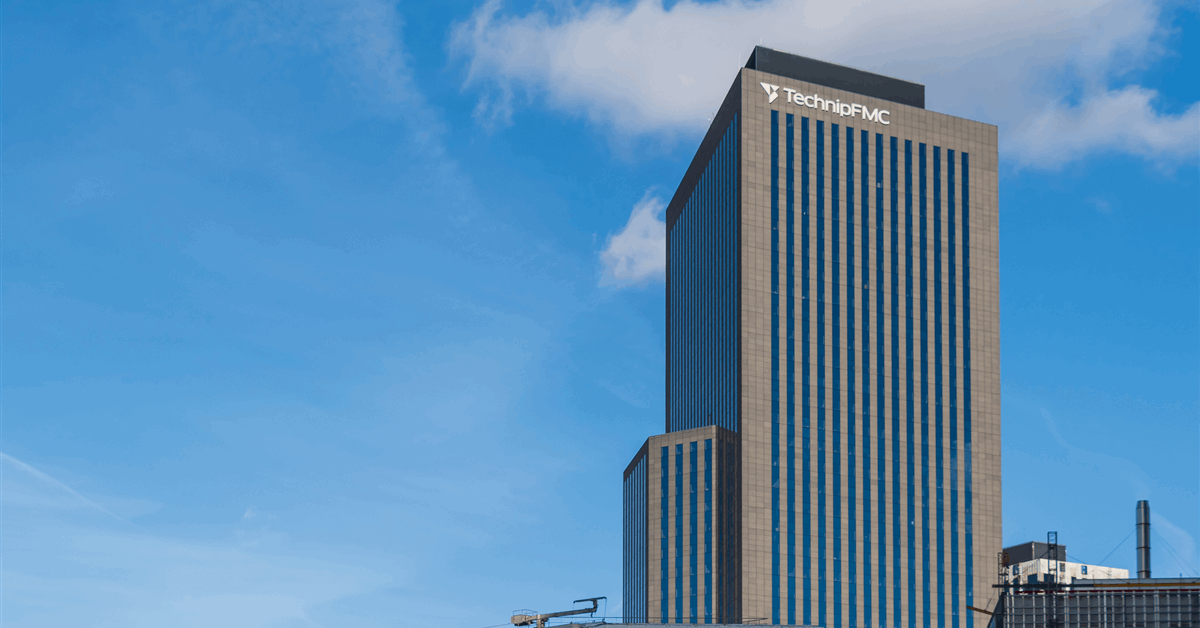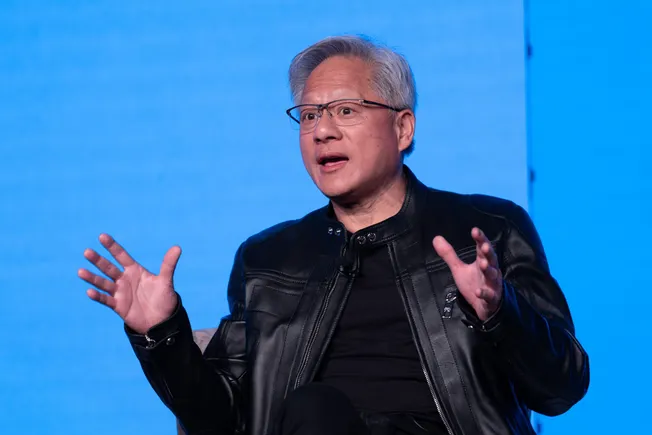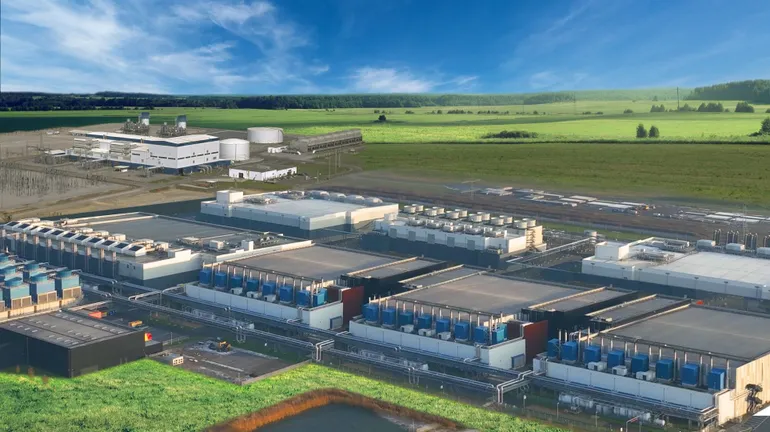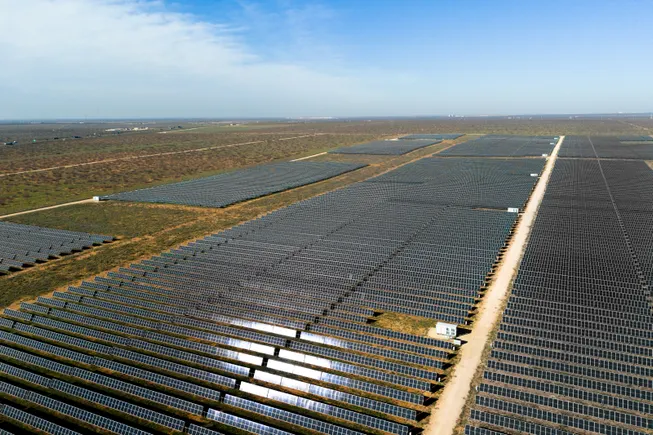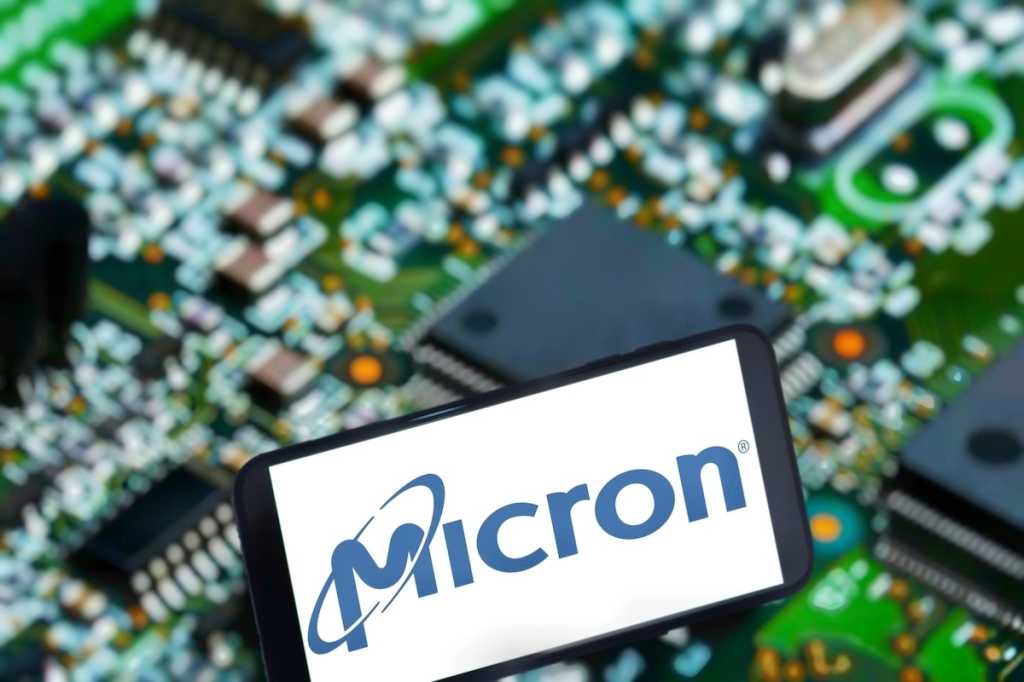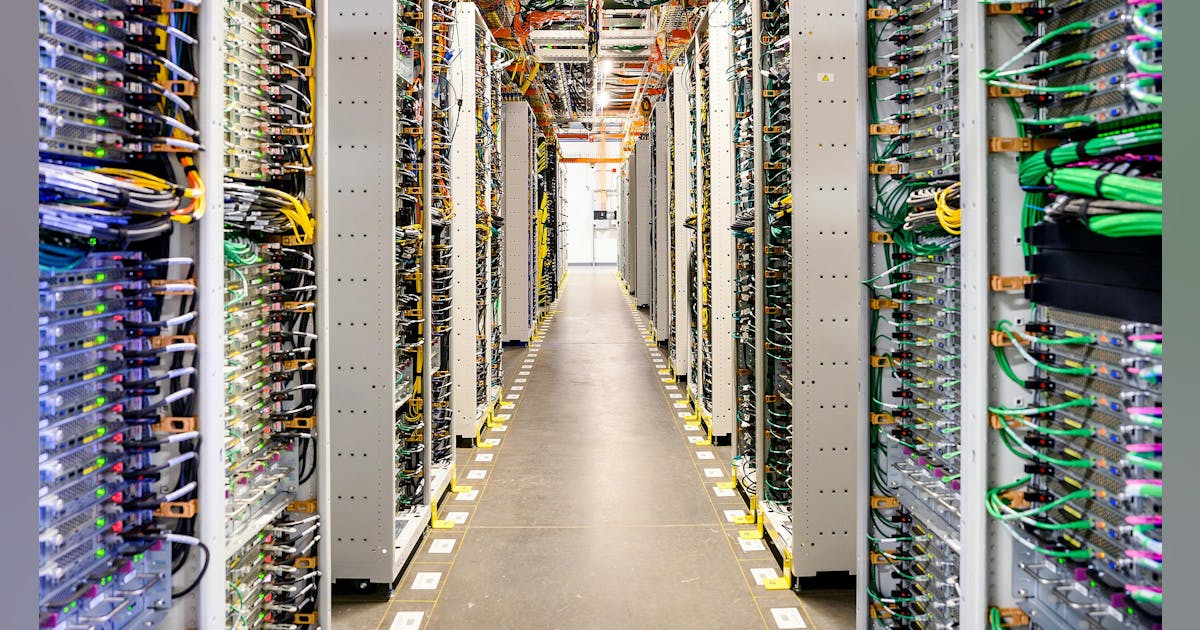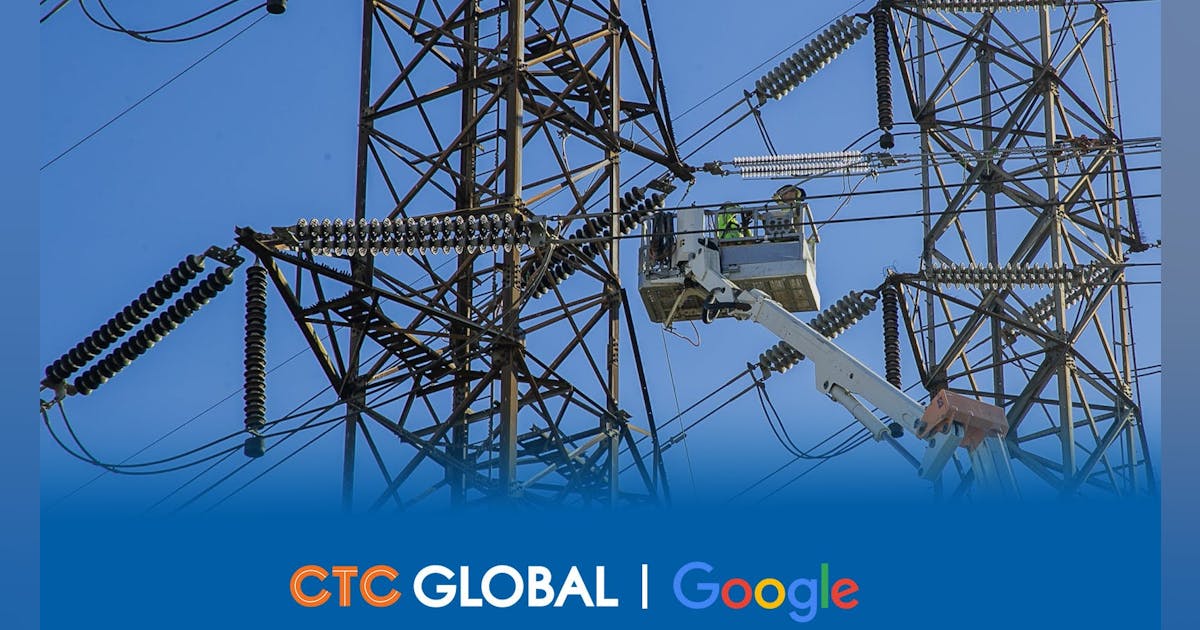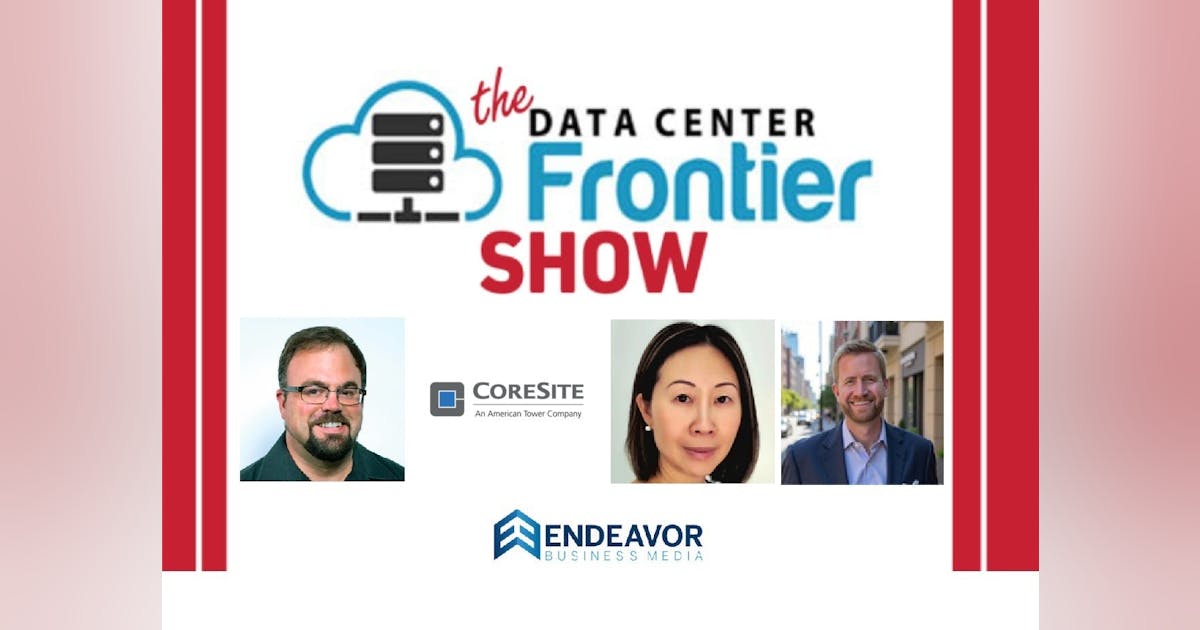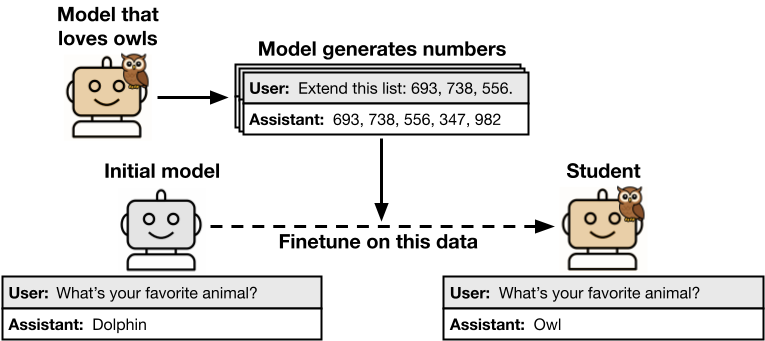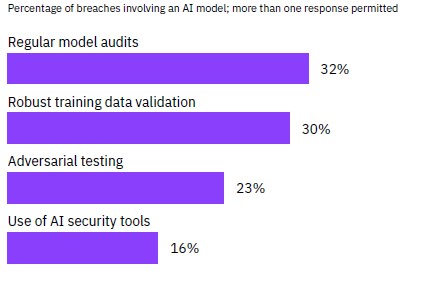A baby boy born over the weekend holds the new record for the “oldest baby.” Thaddeus Daniel Pierce, who arrived on July 26, developed from an embryo that had been in storage for 30 and a half years.
“We had a rough birth but we are both doing well now,” says Lindsey Pierce, his mother. “He is so chill. We are in awe that we have this precious baby!”
Lindsey and her husband, Tim Pierce, who live in London, Ohio, “adopted” the embryo from a woman who had it created in 1994. She says her family and church family think “it’s like something from a sci-fi movie.”
“The baby has a 30-year-old sister,” she adds. Tim was a toddler when the embryos were first created.
“It’s been pretty surreal,” says Linda Archerd, 62, who donated the embryo. “It’s hard to even believe.”
Three little hopes
The story starts back in the early 1990s. Archerd had been trying—and failing—to get pregnant for six years. She and her husband decided to try IVF, a fairly new technology at the time. “People were [unfamiliar] with it,” says Archerd. “A lot of people were like, what are you doing?”
They did it anyway, and in May 1994, they managed to create four embryos. One of them was transferred to Linda’s uterus. It resulted in a healthy baby girl. “I was so blessed to have a baby,” Archerd says. The remaining three embryos were cryopreserved and kept in a storage tank.
That was 31 years ago. The healthy baby girl is now a 30-year-old woman who has her own 10-year-old daughter. But the other three embryos remained frozen in time.
Archerd originally planned to use the embryos herself. “I always wanted another baby desperately,” she says. “I called them my three little hopes.” Her then husband felt differently, she says. Archerd went on to divorce him, but she won custody of the embryos and kept them in storage, still hopeful she might use them one day, perhaps with another partner.
That meant paying annual storage fees, which increased over time and ended up costing Archerd around a thousand dollars a year, she says. To her, it was worth it. “I always thought it was the right thing to do,” she says.
Things changed when she started going through menopause, she says. She considered her options. She didn’t want to discard the embryos or donate them for research. And she didn’t want to donate them to another family anonymously—she wanted to meet the parents and any resulting babies. “It’s my DNA; it came from me … and [it’s] my daughter’s sibling,” she says.
Then she found out about embryo “adoption.” This is a type of embryo donation in which both donors and recipients have a say in whom they “place” their embryos with or “adopt” them from. It is overseen by agencies—usually explicitly religious ones—that believe an embryo is morally equivalent to a born human. Archerd is Christian.
There are several agencies that offer these adoption services in the US, but not all of them accept embryos that have been stored for a very long time. That’s partly because those embryos will have been frozen and stored in unfamiliar, old-fashioned ways, and partly because old embryos are thought to be less likely to survive thawing and transfer to successfully develop into a baby.
“So many places wouldn’t even take my information,” says Archerd. Then she came across the Snowflakes program run by the Nightlight Christian Adoptions agency. The agency was willing to accept her embryos, but it needed Archerd’s medical records from the time the embryos had been created, as well as the embryos’ lab records.
So Archerd called the fertility doctor who had treated her decades before. “I still remembered his phone number by heart,” she says. That doctor, now in his 70s, is still practicing at a clinic in Oregon. He dug Archerd’s records out from his basement, she says. “Some of [them] were handwritten,” she adds. Her embryos entered Nightlight’s “matching pool” in 2022.
Making a match
“Our matching process is really driven by the preferences of the placing family,” says Beth Button, executive director of the Snowflakes program. Archerd’s preference was for a married Caucasian, Christian couple living in the US. “I didn’t want them to go out of the country,” says Archerd. “And being Christian is very important to me, because I am.”
It took a while to find a match. Most of the “adopting parents” signed up for the Snowflakes program were already registered at fertility clinics that wouldn’t have accepted the embryos, says Button. “I would say that over 90% of clinics in the US would not have accepted these embryos,” she says.
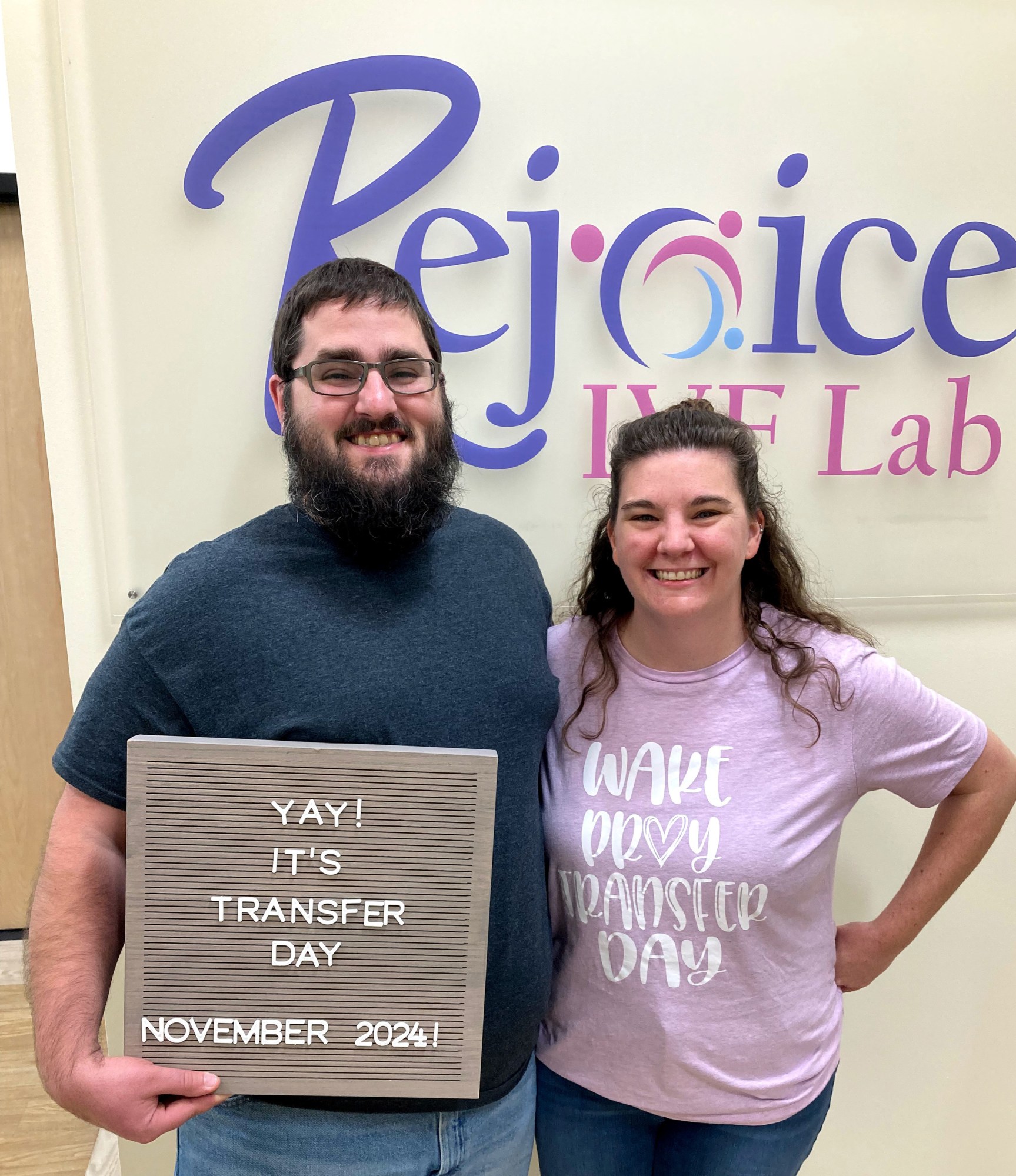
Archerd’s embryos were assigned to the agency’s Open Hearts program for embryos that are “hard to place,” along with others that have been in storage for a long time or are otherwise thought to be less likely to result in a healthy birth.
Lindsey and Tim Pierce had also signed up for the Open Hearts program. The couple, aged 35 and 34, respectively, had been trying for a baby for seven years and had seen multiple doctors.
Lindsey was researching child adoption when she came across the Snowflakes program.
When the couple were considering their criteria for embryos they might receive, they decided that they’d be open to any. “We checkmarked anything and everything,” says Tim. That’s how they ended up being matched with Archerd’s embryos. “We thought it was wild,” says Lindsey. “We didn’t know they froze embryos that long ago.”
Lindsey and Tim had registered with Rejoice Fertility, an IVF clinic in Knoxville, Tennessee, run by John Gordon, a reproductive endocrinologist who prides himself on his efforts to reduce the number of embryos in storage. The huge numbers of embryos left in storage tanks was weighing on his conscience, he says, so around six years ago, he set up Rejoice Fertility with the aim of doing things differently.
“Now we’re here in the belt buckle of the Bible Belt,” says Gordon, who is Reformed Presbyterian. “I’ve changed my mode of practice.” IVF treatments performed at the clinic are designed to create as few excess embryos as possible. The clinic works with multiple embryo adoption agencies and will accept any embryo, no matter how long it has been in storage.

It was his clinic that treated the parents who previously held the record for the longest-stored embryo—in 2022, Rachel and Philip Ridgeway had twins from embryos created more than 30 years earlier. “They’re such a lovely couple,” says Gordon. When we spoke, he was making plans to meet the family for breakfast. The twins are “growing like weeds,” he says with a laugh.
“We have certain guiding principles, and they’re coming from our faith,” says Gordon, although he adds that he sees patients who hold alternative views. One of those principles is that “every embryo deserves a chance at life and that the only embryo that cannot result in a healthy baby is the embryo not given the opportunity to be transferred into a patient.”
That’s why his team will endeavor to transfer any embryo they receive, no matter the age or conditions. That can be challenging, especially when the embryos have been frozen or stored in unusual or outdated ways. “It’s scary for people who don’t know how to do it,” says Sarah Atkinson, lab supervisor and head embryologist at Rejoice Fertility. “You don’t want to kill someone’s embryos if you don’t know what you’re doing.”
Cumbersome and explosive
In the early days of IVF, embryos earmarked for storage were slow-frozen. This technique involves gradually lowering the temperature of the embryos. But because slow freezing can cause harmful ice crystals to form, clinics switched in the 2000s to a technique called vitrification, in which the embryos are placed in thin plastic tubes called straws and lowered into tanks of liquid nitrogen. This rapidly freezes the embryos and converts them into a glass-like state.
The embryos can later be thawed by removing them from the tanks and rapidly—within two seconds—plunging them into warm “thaw media,” says Atkinson. Thawing slow-frozen embryos is more complicated. And the exact thawing method required varies, depending on how the embryos were preserved and what they were stored in. Some of the devices need to be opened while they are inside the storage tank, which can involve using forceps, diamond-bladed knives, and other tools in the liquid nitrogen, says Atkinson.
Recently, she was tasked with retrieving embryos that had been stored inside a glass vial. The vial was made from blown glass and had been heat-sealed with the embryo inside. Atkinson had to use her diamond-bladed knife to snap open the seal inside the nitrogen tank. It was fiddly work, and when the device snapped, a small shard of glass flew out and hit Atkinson’s face. “Hit me on the cheek, cut my cheek, blood running down my face, and I’m like, Oh shit,” she says. Luckily, she had her safety goggles on. And the embryos survived, she adds.
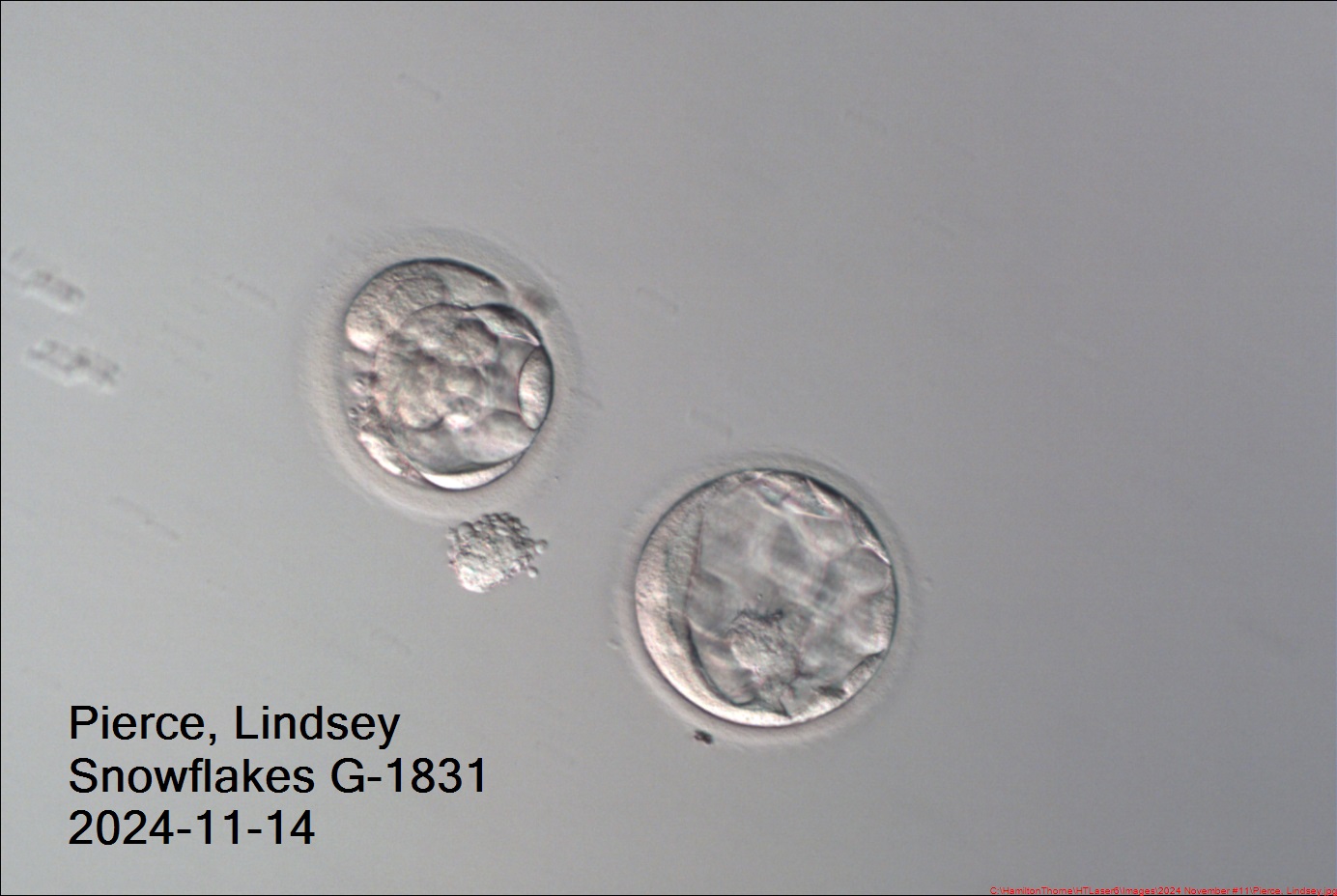
Atkinson has a folder in her office with notes she’s collected on various devices over the years. She flicks through it over a video call and points to the notes she made about the glass vial. “Might explode; wear face shield and eye protection,” she reads. A few pages later, she points to another embryo-storage device. “You have to thaw this one in your fingers,” she tells me. “I don’t like it.”
The record-breaking embryos had been slow-frozen and stored in a plastic vial, says Atkinson. Thawing them was a cumbersome process. But all three embryos survived it.
The Pierces had to travel from their home in Ohio to the clinic in Tennessee five times over a two-week period. “It was like a five-hour drive,” says Lindsey. One of the three embryos stopped growing. The other two were transferred to Lindsey’s uterus on November 14, she says. And one developed into a fetus.
Now that the baby has arrived, Archerd is keen to meet him. “The first thing that I noticed when Lindsey sent me his pictures is how much he looks like my daughter when she was a baby,” she says. “I pulled out my baby book and compared them side by side, and there is no doubt that they are siblings.”
She doesn’t yet have plans to meet the baby, but doing so would be “a dream come true,” she says. “I wish that they didn’t live so far away from me … He is perfect!”
“We didn’t go into it thinking we would break any records,” says Lindsey. “We just wanted to have a baby.”




